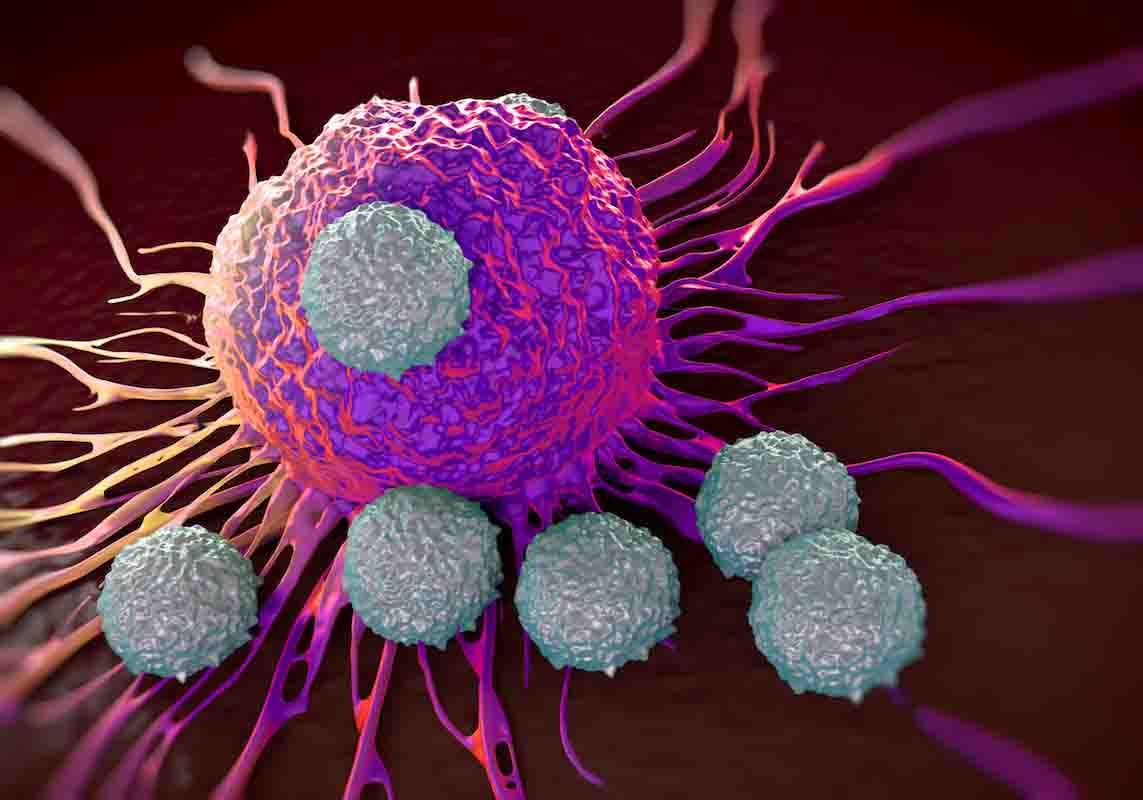Science & Technology, UK (Commonwealth Union) – The biomechanics in life science has been put into the spotlight in recent study which has revealed the possible role of biomechanics in cancer metastasis.
The biomechanics in just how cancer cells make its way from the bloodstream and where it invades other organs has been demonstrated for the 1st time by scientists from the University College London (UCL), MIT along with their collaborators.
The findings, which appeared in Advanced Science, had noted that the more porous along with softer tissue, may result in an increased chance for cancer cells to make their way in and were able to do so more rapidly, giving valuable data for scientists attempting to block or stop cancer metastasis, which is the main cause of cancer mortality. Drugs playing a role in the stiffness of the atmosphere around tumors, like PAT-1251 and PXS-5505 are undergoing tests in clinical trials for cancers which have not spread so far, with the aim of a similar approach that could possibly be applied to treat metastasized cancers as indicated by the scientists.
Metastasis takes place when cancer cells move away from the original tumor and travel through the bloodstream or lymphatic system to other areas of the body. Once these cancer cells reach a new site, they can begin to grow and form new tumors. Metastatic tumors can form in many different parts of the body, including the lungs, liver, bones, and brain.
Once cancer cells reach a new site, they must adapt to the new environment and begin to grow and divide. This can be a difficult process, as different parts of the body have different characteristics and may not be conducive to cancer cell growth. However, some cancer cells are able to adapt and form new tumors in these new locations.
Cancer metastasis is a complex and dangerous process that is responsible for many cancer-related deaths. Many cancer specialists have pointed out that knowing the factors that contribute to metastasis can help researchers develop new treatments and improve outcomes for cancer patients. While the treatment of metastatic cancer can be challenging, there are many options available to help patients manage their disease and improve their quality of life.
Most cancer research draws most of its attention to spotting cancers early and treating them prior to their spread. However, when a cancer has metastasized, the treatment becomes much more complex and, in many cases, leads to fatalities.
In this study, scientists from both UCL and MIT set out to gain more knowledge on the biomechanical forces that factor in how cancer cells have the capability to invade other tissues from the bloodstream.
The researchers produced in vitro models of the endothelium, a single-cell layer dividing the bloodstream from other tissues, and placed it over various preparations of collagen gel to imitate stiffer tissues. The tumor cells were then introduced to the models for monitoring to see if they can penetrate the endothelium, The duration this took and how they managed it in mechanical terms.
Dr Yousef Javanmardi of UCL Mechanical Engineering, 1st author of the study, says “We observed that cancer cells need to latch onto the endothelium to establish a hold, which they use to push and pull themselves through this tightly-woven cell layer and into the tissue beyond. It’s like if you were stuck in thick mud: you’d need to use something solid like a rock to be able to pull and push yourself to firmer ground. The thicker the mud, the harder that would be. You might not get out and if you did, it’d take longer.”
Researchers are conducting further studies with 3 dimensional models to better understand these findings that may lead to a better understanding and treatment of cancer.








